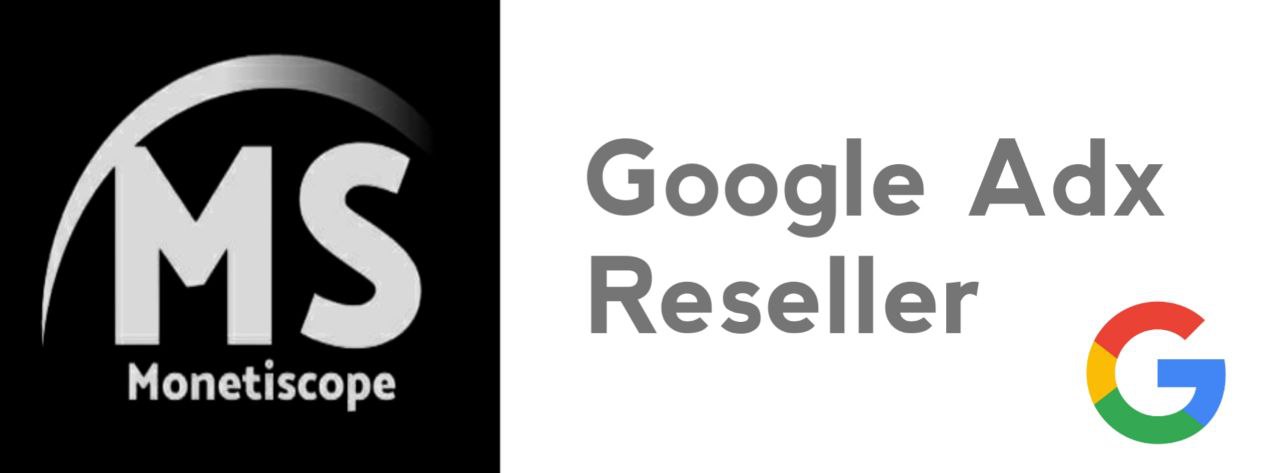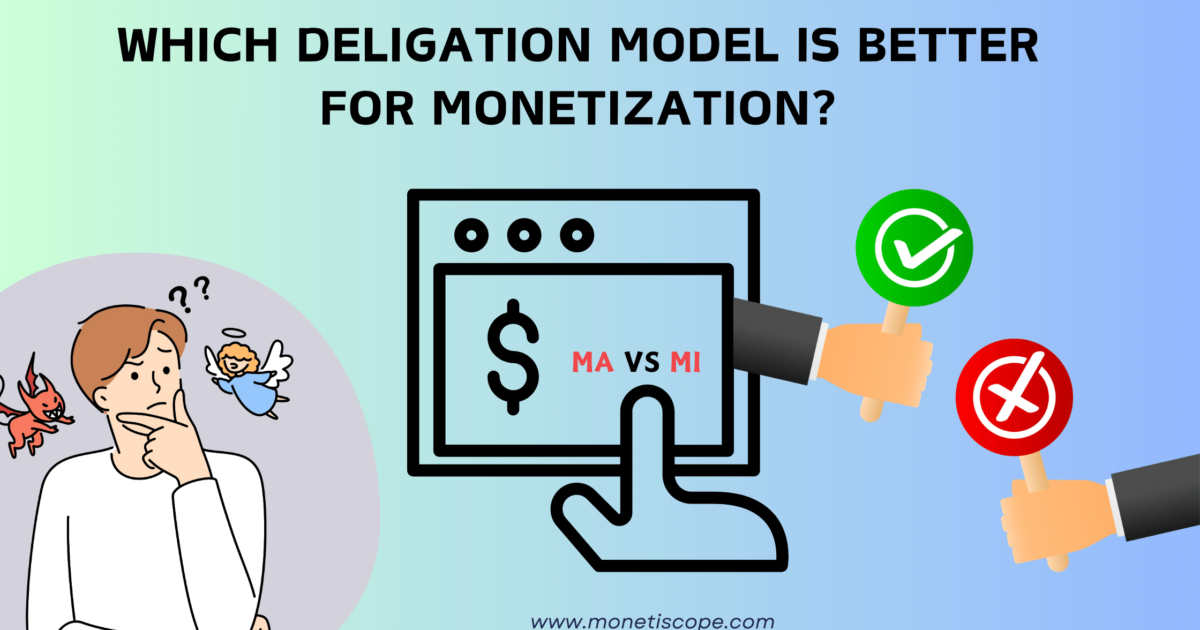Google AdX Managed Account (MA) and Managed Inventory (MI) are two pivotal models in digital advertising, each tailored to suit different publisher needs and revenue management strategies. Let’s delve into a detailed exploration of MA and MI, their distinctions, and how Monetiscope plays a crucial role in assisting publishers to optimize revenue through these setups. Also Understand how to get AdX Managed Account.
AdX Managed Account (MA):
A Managed Account (MA) grants publishers direct control over their Google AdSense accounts. This setup empowers publishers to manage their ad inventory, placements, and revenue strategies independently.
Key Features of AdX Managed Account:
1. Direct Control: Publishers manage their AdSense account settings directly, including ad creation, targeting, and revenue strategies.
2. Autonomy: They have the freedom to set up ad units, pricing rules, and optimize revenue strategies without intermediary involvement.
3. Access to Features: Publishers leverage advanced AdSense features like customized ad units, formats, and reporting tools.
AdX Managed Inventory (MI)
In contrast, Managed Inventory (MI) operates under a hierarchical structure where a Parent Publisher oversees multiple child publishers’ ad inventories and revenue streams.
Key Features of Managed Inventory:
1. Centralized Management: The Parent Publisher has centralized control over ad inventory, revenue allocation, and optimization for all child publishers.
2. Revenue Distribution: The Parent Publisher manages revenue distribution among child publishers based on agreements or performance metrics.
3. Support and Guidance: Child publishers benefit from the expertise and support of the Parent Publisher in ad optimization and revenue strategies.
Differences Between AdX MA and MI
1. Control: MA offers individual control, while MI involves centralized control by a Parent Publisher.
2. Revenue Handling: In MA, publishers directly receive revenue, while in MI, revenue distribution is managed by the Parent Publisher.
3. Support: MI provides support from the Parent Publisher, while MA publishers handle ad operations independently.
Monetiscope’s Role in Revenue Growth
Monetiscope plays a pivotal role in assisting publishers to optimize revenue through both MA and MI setups:
1. MA Optimization: Monetiscope provides tools and strategies to optimize MA performance and maximize AdSense revenue.
2. MI Management: Centralized tools, revenue allocation, and performance monitoring for efficient MI management.
3. Revenue Insights: Detailed revenue insights and analytics for data-driven decision-making.
4. Support: Dedicated support for guidance, best practices, and ongoing assistance in both MA and MI setups.
FAQs About MA and MI
1. What is the main difference between MA and MI?
MA grants individual control, while MI involves centralized control by a Parent Publisher.
2. How does revenue distribution work in MI?
In MI, the Parent Publisher manages revenue distribution among child publishers based on agreements or performance metrics.
3. Can publishers switch between MA and MI setups?
Yes, publishers can transition between MA and MI setups based on business needs and agreements.
4. What support does Monetiscope offer for MA publishers?
Monetiscope provides optimization tools, revenue insights, and support for AdSense revenue optimization in MA setups.
5. How does Monetiscope assist Parent Publishers in MI setups?
Monetiscope offers centralized management tools, revenue allocation strategies, and performance monitoring for efficient MI management.
6. Can Monetiscope integrate with other ad platforms?
Yes, Monetiscope supports integration with other ad platforms to diversify revenue streams and maximize revenue potential.
7. Is there a minimum threshold for MA or MI setups?
Eligibility criteria may vary based on partnership agreements and publisher-specific requirements.
8. What reporting and analytics features does Monetiscope offer?
Monetiscope provides comprehensive reporting, analytics, and revenue insights to empower data-driven decision-making and optimization strategies.
9. How does Monetiscope ensure data security?
Monetiscope adheres to strict data security protocols, ensuring secure access, data privacy, and compliance with industry standards.
10. Can publishers receive personalized guidance from Monetiscope?
Yes, Monetiscope offers dedicated support, personalized guidance, and ongoing assistance to help publishers optimize revenue and maximize their digital advertising strategies.
Conclusion:
MA and MI offer unique advantages for publishers, with MA providing individual control and autonomy, while MI offers centralized management and support. Monetiscope’s solutions empower publishers in both setups, ensuring revenue growth, optimization, and success in the dynamic digital advertising landscape.


